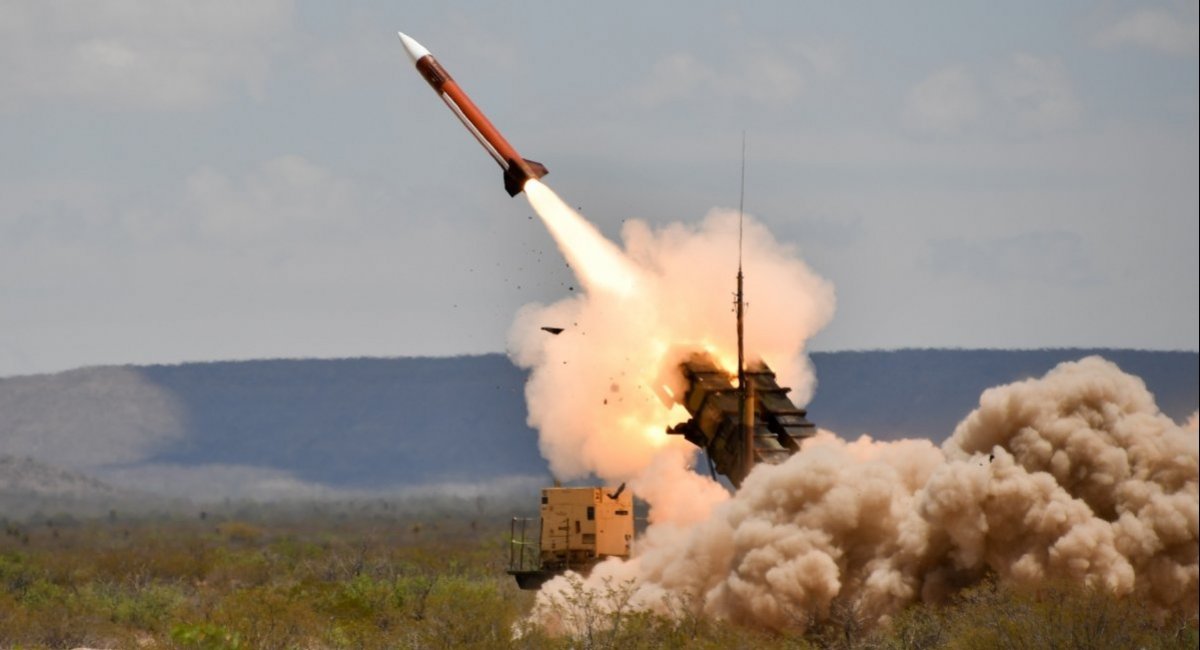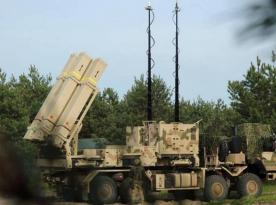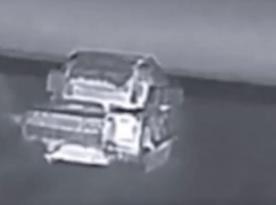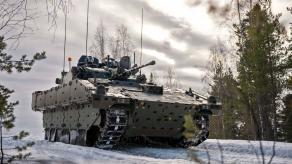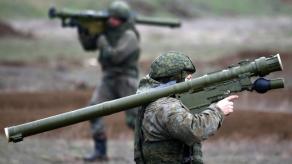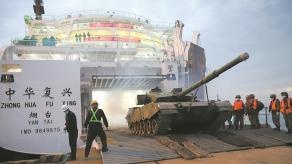Currently, Ukraine has only around 6 Patriot batteries, while the minimum requirement is at least 10, while ideally 25 to provide proper protection. The shortage includes not just missiles but launchers as well, making it impossible to defend Ukrainian cities from ongoing russian ballistic missile attacks.
One of the proposed solutions, and something Kyiv has repeatedly called for, is to localize production of the Patriot system and its munitions. On the surface, this may seem like a reasonable step forward - but the reality is far more complex. Currently, no country in the world is licensed to independently produce the full Patriot system. Defense manufacturing remains, first and foremost, a business, while for Raytheon, transferring the complete technology package is simply not in the cards.
Read more: Ukraine Got Only Half of Patriot Systems It Asked For, Supply of Missiles is Even Worse
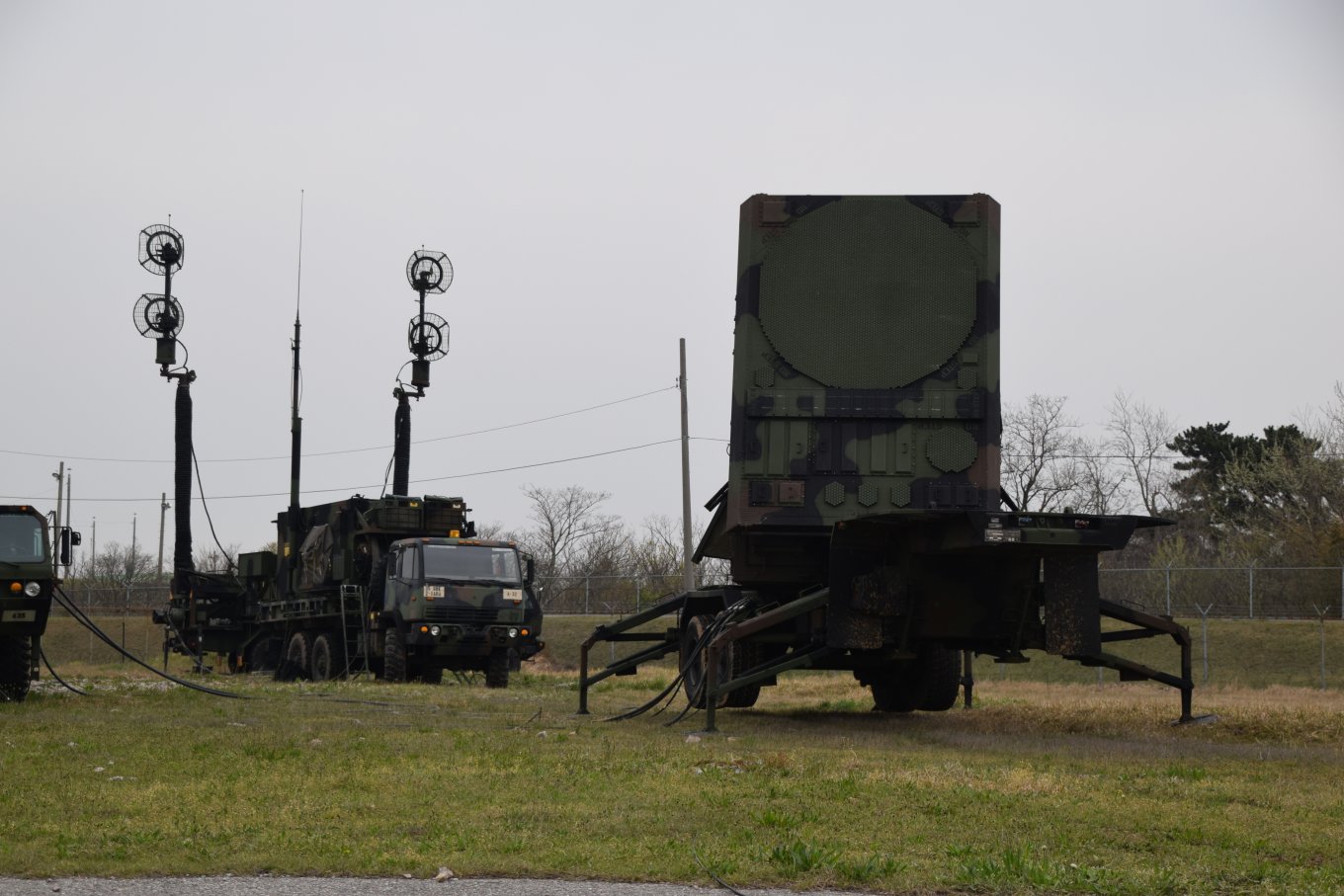
However, partial localization is a possibility. A prime example is Poland’s Wisla program. In 2018, Warsaw signed a $4.75 billion contract for two enhanced Patriot batteries, each with two AN/MPQ-65 radars, eight launchers, and 208 PAC-3 MSE missiles.
One of the contract conditions was the involvement of Polish defense companies in the production of certain Patriot components. Poland integrated the systems onto its domestically produced Jelcz chassis and received partial localization of specific subsystems including launcher elements, support vehicles, final assembly within Poland and integration of a domestic friend-or-foe identification system into the radar.
In the second phase of Wisła, Poland is investing an estimated $15 billion in additional Patriot components. This includes 12 new LTAMDS radars and domestic production of 48 launchers. Officially, this is categorized as six batteries, but in practice, it enables the creation of up to 12 independent fire units.
In this phase, localization expands significantly. According to Poland’s Ministry of National Defense, the country is receiving a portion of LTAMDS radar, which fixes the biggest Patriot’s drawback, and elements of the fire control system. In addition, domestic surveillance radars such as the PET-PCL and P-18PL will be integrated, further increasing Poland’s share of production.
Notably, Poland is also expected to manufacture some components of the PAC-3 MSE missile. This is logical: the missile is produced by Lockheed Martin, which owns PZL Mielec - a former state-owned Polish aircraft manufacturer acquired by Sikorsky in 2007, which was later absorbed by Lockheed Martin. PZL Mielec now produces UH-60 Black Hawk helicopters and parts for the F-16 Block 70/72, making it a fitting site for MSE component production.
The first phase of the Wisła program has taken six years so far. In October 2022, Huta Stalowa Wola delivered the first two launchers four years after the contract signing. Final deliveries are expected to be completed in 2024. The second phase will extend through 2029.
As for missile production outside the U.S., the only known example is Japan’s Mitsubishi Heavy Industries, which assembles up to 30 PAC-3 MSE missiles annually under license using U.S.-supplied components. This arrangement appears to be for Japan’s own use, given its stockpile of 24 Patriot batteries.
The bottleneck in global MSE production isn’t the number of final assembly lines – it’s the supply of critical components from U.S. subcontractors. While Lockheed Martin is the primary contractor, companies like Boeing produce the missile’s seeker heads, and Aerojet Rocketdyne manufactures solid-fuel motors. All of them must stay coordinated.
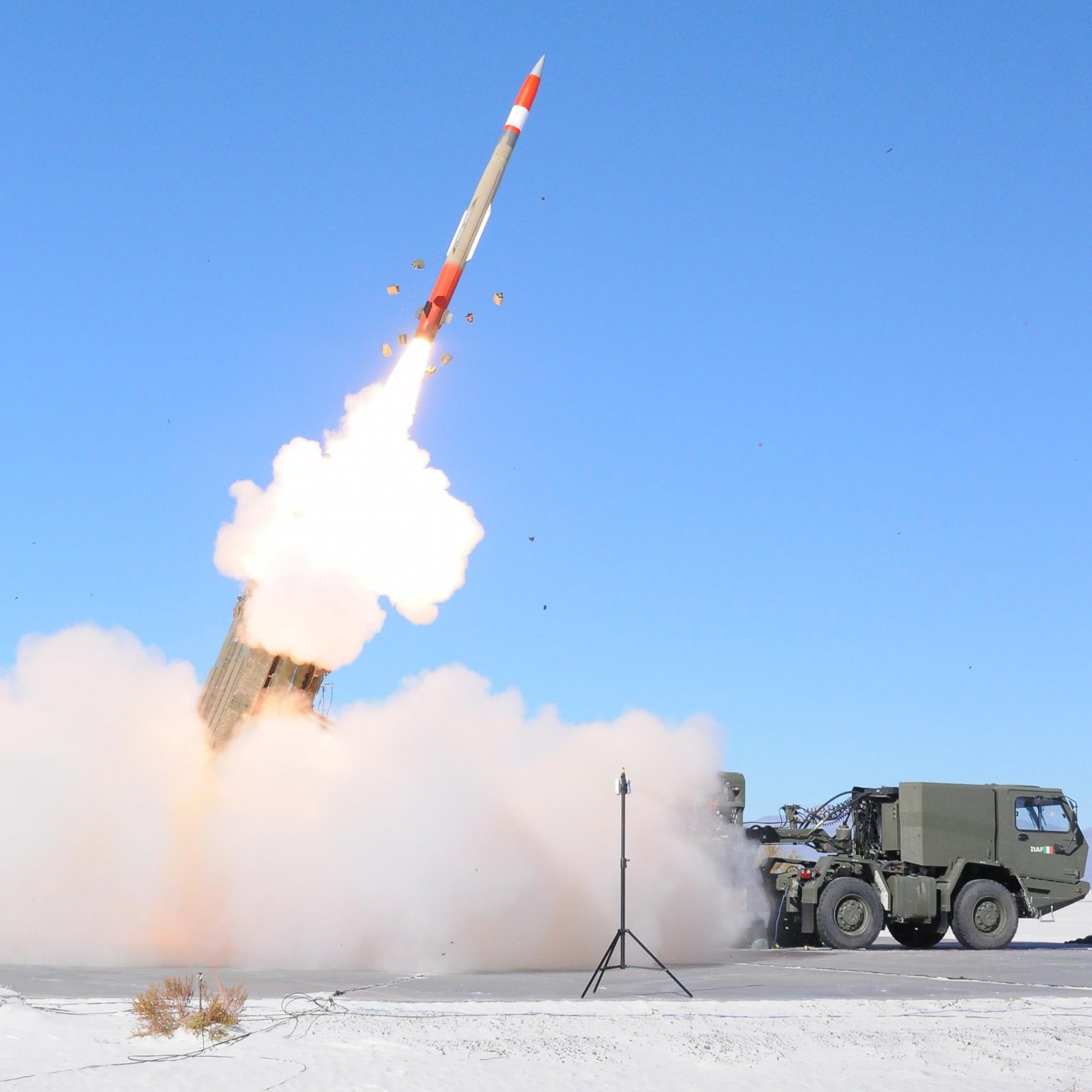
Currently, no other country is producing Patriot missiles. Though, that may change in September 2026, when COMLOG - a joint venture between MBDA and Raytheon - is expected to begin producing GEM-T missiles.
Located in Schrobenhausen, Germany, COMLOG has serviced over 5,000 GEM-T interceptors since its creation in 1987, but it has never manufactured them. The plant is undergoing a major upgrade, with €250 million investment for new production lines to start producing GEM-T missiles. Raytheon aims to increase output from 240 to 420 interceptors per year by 2027.
This expansion is tied to a joint European order of 1,000 GEM-T missiles under the European Sky Shield Initiative, worth up to €5.5 billion. Without such large-scale multinational funding, the project likely would not have been feasible.
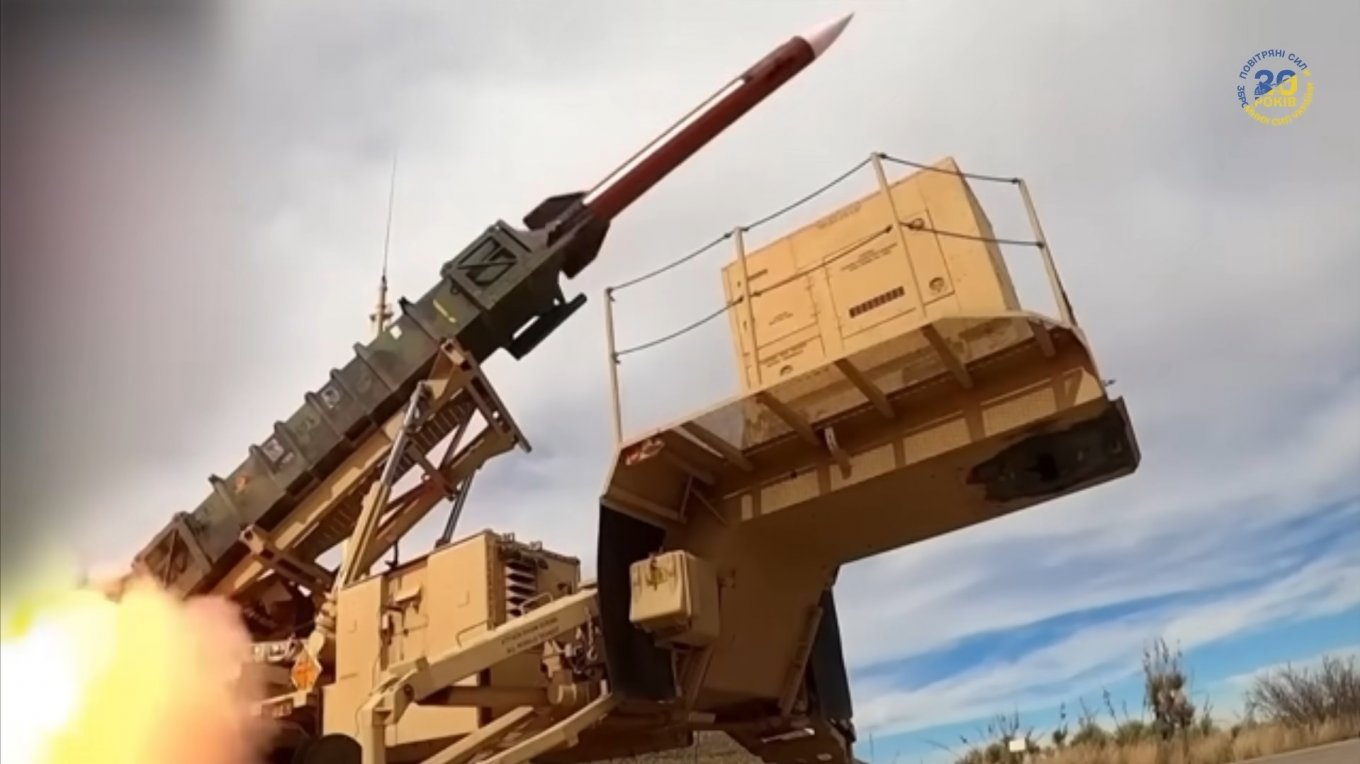
These rare cases of partial localization and the high financial and time costs involved clearly demonstrate that producing Patriot systems or their missiles require billion-dollar contracts, long-term cooperation, and industrial capacity. For Ukraine, such a path is strategic - but it will not be quick, and it won’t come cheap.
Ukraine is rapidly expanding its air defense capabilities, and systems like Patriot remain one of the few tools capable of countering russian ballistic threats. However, the growing sophistication of missiles like the Oreshnik, equipped with multiple warheads and decoys, raises new challenges that even advanced systems such as Patriot or THAAD may not be able to handle on their own.
As Defense Express previously explained, intercepting such targets requires a fundamentally different layer of defense.
.
Read more: David’s Sling Could Outgun Patriot, SAMP/T In Estonia’s Air Defense Bid



